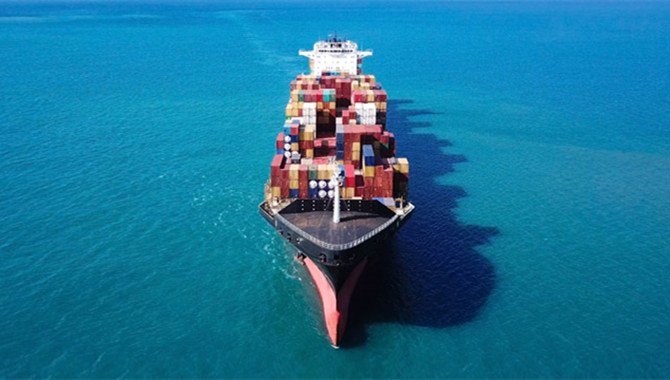
Excellent cooperation and preparation by International Maritime Organization member states, ports and the shipping industry's fuel providers was key to the successful implementation of the IMO 2020 rule, and has provided a future pathway for impending stricter environmental rules and other changes in international shipping, Roel Hoenders, head air pollution and energy efficiency of the Marine Environment Division at IMO, said.
Since January 1, 2020, the IMO received only 59 Fuel Oil Non-Availability Reports, or FONARs, showing very good availability of compliant fuels around the world, Hoenders said at the 12th International Fujairah Bunkering & Fuel Oil Virtual Forum, or FUJCON 2021, organized by Conference Connection.
“Most of those [FONAR] cases were reported in the first six months of 2020 but we actually find very few cases in the last 6-8 months,” Hoenders said on March 23. “Overall, the number of non-compliance cases is very low…We've heard very positive signals from the different port state control MOUs like the Paris MOU and Tokyo MOU.”
Many big ports such as Rotterdam and Singapore have reported a very high level of compliance with respect to the global low sulfur mandate, which was also positive, he said. In addition, the collapse of global bunker fuel prices in 2020 supported the implementation of the global sulfur cap as the price spread between heavy fuel oil and VLSFO was much lesser than anticipated, Hoenders said.
In the first half of 2020, there was a decline in the number of reported approved “equivalent method” — approved scrubbers or exhaust gas cleaning systems — that were reported to IMO, Hoenders said.
“But actually we've seen that number is picking up again,” he said. The reported EGCS (approved “equivalent method”) by flag states has increased from 2,359 in July 2020 to 3,161 by March 1, 2021, making the business case for scrubbers, amid rising fuel prices, more favorable, Hoenders said. In Singapore, the price differential between HSFO and Marine Fuel 0.5% sulfur averaged $298.90/mt in January 2020 as the market was transitioning to the IMO2020 mandate. The price differential narrowed to average as low as $60.32/mt in September, but recovered to average $103.33/mt in January 2021, and stood at an average of $109.43/mt from March 1-23, according to Platts data.
“Meanwhile, on the basis of IMO's sulfur monitoring program for 2020, we've also noticed that in 2020, almost 78% of the fuels tested around the world on the basis of quantity was below the 0.5% mark,” he said.
“But we can still see that around 20% of the fuels that were tested had a sulfur content exceeding 0.5% and this points to the direction of ships using scrubbers that continue to use fuel oils with a higher sulfur content,” he said.
The IMO is still advancing other efforts with reduction of air pollution from ships, Hoenders said. New amendments to MARPOL Annex VI on fuel sampling and verification of sulfur content were adopted in November.
The IMO is also looking into possible VLSFO fuel quality issues and related safety aspects while also assessing the impact of VLSFOs on aromaticity, including possible reduction of emissions of black carbon and polycyclic aromatic hydrocarbons, or PAH, he said.
Another very important work stream of the IMO is evaluating the impact of discharge water from the scrubbers, he said. “We’re working on a harmonized system evaluating the impact of such scrubber discharge water in terms of guidelines for the future,” he said.
GHG reduction measures, future action
“We have a lot of work ahead of us…But we are very happy actually that member states have committed to negotiations in virtual mode,” he said. “That is a good sign for the global shipping industry in order to reduce GHG emissions from that industry.”
At the virtual 75th session of the IMO Marine Environment Protection Committee, or MEPC 75, in November, amendments to MARPOL VI on early application of Phase 3 of the Energy Design Efficiency Index were adopted and enhanced shipbuilding efficiency requirements were moved forward from 2025 to 2022 for certain ship types.
Among other steps, initial consideration was also given to the new proposal from industry organizations for the establishment of an International Maritime Research and Development Board based on a mandatory $2/mt fuel levy, Hoenders said.
IMO is working hard to promote the uptake of alternative fuels and putting in place a regulatory framework to support the safe and environmentally friendly use of the different alternative fuels — biofuels, LNG, hydrogen, ammonia — he said.
The MEPC 76 will consider both short-term and mid-long term measures for GHG emission cuts, Hoenders said. It will consider a work plan and working arrangements to organize future discussions on GHG reduction measures; among those is a proposal for the use of global market based measures, he said, adding that the IMO had received a proposal by the Marshall Islands and the Solomon Islands for a levy of $100/mt per CO2-equivalent in order to promote the uptake of alternative fuels by the global shipping industry.
Source: Platts
The opinions expressed herein are the author's and not necessarily those of The Xinde Marine News.
Please Contact Us at:
media@xindemarine.com
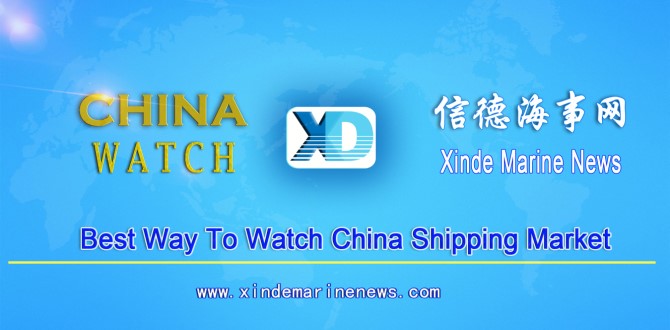

 Baltic Exchange launches new Fuel Equivalence Conve
Baltic Exchange launches new Fuel Equivalence Conve 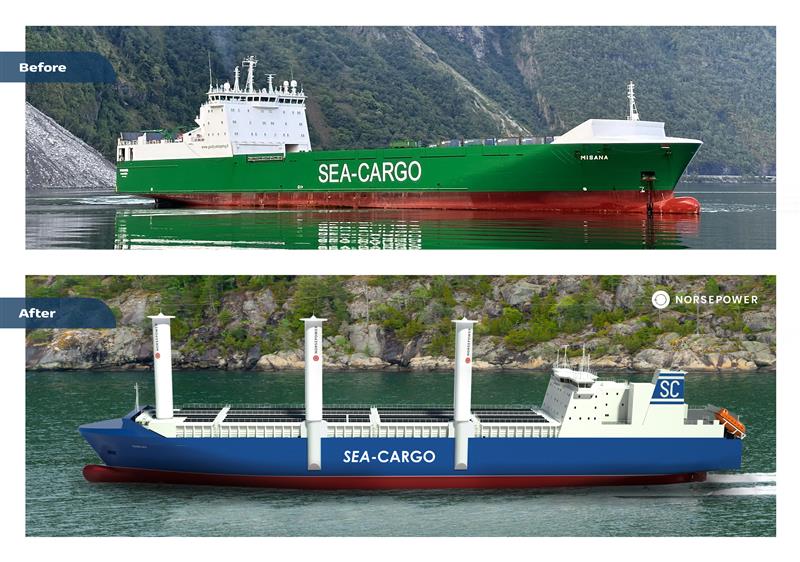 Sea-Cargo and Norsepower continue their collaborati
Sea-Cargo and Norsepower continue their collaborati  Alfa Laval expands its portfolio with ultrasonic an
Alfa Laval expands its portfolio with ultrasonic an 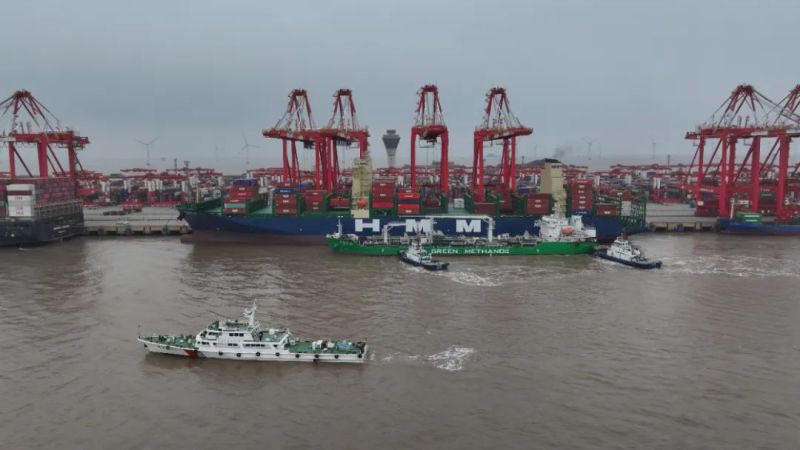 China’s First Bulk Bunkering of Domestic Green Me
China’s First Bulk Bunkering of Domestic Green Me 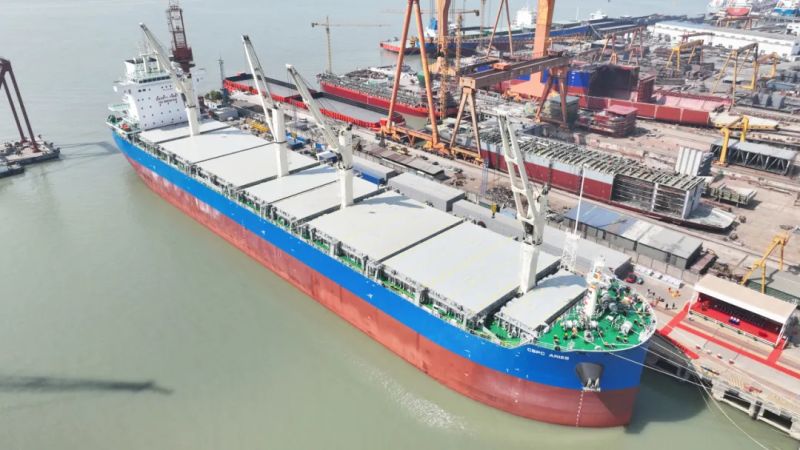 World’s Largest Pulp Carrier Delivered 213 Days
World’s Largest Pulp Carrier Delivered 213 Days  21 Consecutive Years of QUALSHIP 21 Recognition for
21 Consecutive Years of QUALSHIP 21 Recognition for